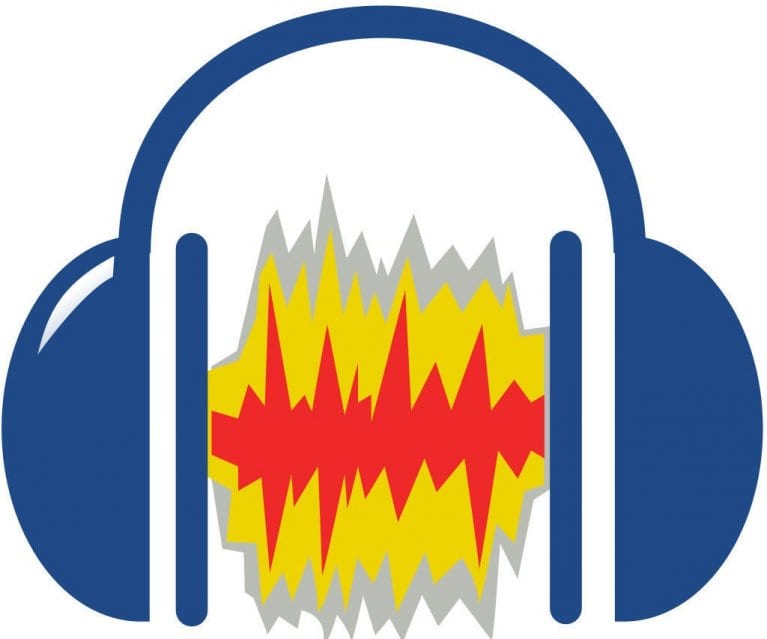

It shows one or multiple tracks on a timeline.
WHAT IS AUDACITY APP DOWNLOAD
'D' and the transition from 'iy' to 'ah' are also noticeable, but to a lesser extent.īelow is a link to the Audacity website, where the latest version is freely available to download and use.Īudacity, like most digital audio workstations (DAWs) shows a waveform of a recording on a track. Note how the letters 'K' and 'P' are very high-frequency sounds and stand out a bit from the rest of the word. Above is the waveform produced by an English speaker saying the word "Wikipedia". The voice is a set of complex sounds: long throated sounds (vowels) with shorter, higher sounds in between (consonants). Note the top recording is much louder in general than the bottom one. You can tell from the vertical size of the waveform how loud it is - its amplitude. The visual representation of this is called a waveform.Ībove is a pair of stereo recordings as shown in Audacity - the left and right tracks of a recent song from a CD, followed by the left and right tracks of the same song on a vinyl LP record. In practice, sound captured by a microphone (or our ears) will nearly always be a complex wave - lots of different sounds of differing volumes stacked upon one another. A raspy sound like a washing machine or a librarian going "shhhh" will be a very complex wave. We can record that electrical representation of sound to a magnetic tape or a vinyl record, or we can take samples of it tens of thousands of times per second, and record and playback those samples using a computer.Īudio, whether it's sound in the air, or electricity down a wire, can be represented as a wave, with the amplitude of the wave representing how loud it is - how big the vibration is - and the frequency of the wave representing its pitch - whether it's a low thud or hum, or something in the middle like someone saying "ah", or something very high like hissing.Ī very pure sound like from a flute or a tuning fork will look like a pure sine wave.

We can also make a microphone in a similar way: its vibration against the permanent magnet, picked up from the vibration of the surround air, causes the electromagnet to move, which creates electricity. This is a speaker: it causes the air around it to vibrate. We can use an electromagnet to create sound from electricity: by placing a coil of wire near a permanent magnet, attaching a paper cone to it, and then turning electricity to it off and on very quickly. That vibration causes the surrounding air to vibrate: sound! Much like our larynx can create sound by creating vibrations, our ears can pick up those vibrations. Audio, or sound, is a variation of air pressure, caused by the vibration of an object, like vocal cords or a guitar string or a hammer hitting a nail.


 0 kommentar(er)
0 kommentar(er)
